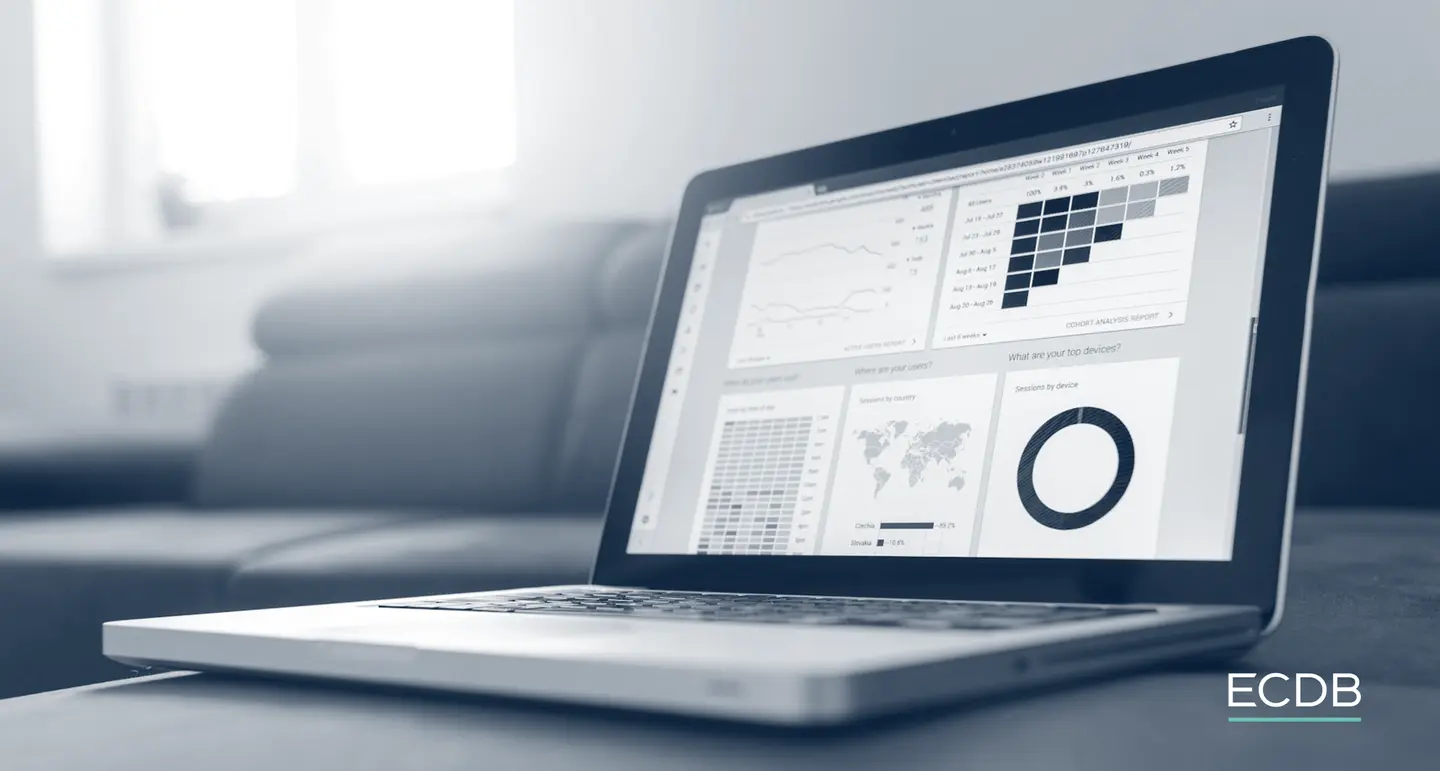Distribution Channel
eCommerce Distribution Channel: Meaning, Types & How to Optimize It
Distribution channels are a crucial part of eCommerce. Learn its types, important factors, and strategies for optimizing distribution channels.
When you're running an eCommerce business, one of the most crucial aspects to consider is your distribution channel.
But what exactly is a distribution channel? Simply put, it's the path your product takes from you, the seller, to your customer.
What Are the Types of Distribution Channels?
Understanding the types of distribution channels available can help you make informed decisions for your business. Here are the four main types:
- Direct-to-Consumer (DTC): In this model, you sell directly to your customers through your website. There are no middlemen involved.
- Retail Distribution: Your products are sold through brick-and-mortar stores.
- Wholesale: You sell your products in bulk to a retailer, who then sells them to the end customer.
- Marketplace: Platforms like Amazon or eBay where you can list your products.
Examples of Distribution Channels
Let's say you're selling handmade soap. Here's how different distribution channels would work:
- Direct-to-Consumer: You sell the soap through your own website. Customers order directly from you, and you handle shipping and customer service.
- Retail Distribution: Your soap is sold at a local boutique or a chain like Target. Customers buy from these stores, not directly from you.
- Wholesale: You sell large quantities of your soap to a retailer, who then sells it under their name or as part of their product range.
- Online Marketplaces: You list your soap on Amazon. Customers can buy it while shopping for other products, and Amazon takes care of the shipping.
What Is a Good Distribution Channel?
A good distribution channel aligns with your business goals, customer needs, and product characteristics. Here are some factors to consider:
- Customer Reach: Does the channel help you reach your target audience effectively?
- Cost: What are the costs involved, including shipping, handling, and channel fees?
- Control: How much control do you have over branding, customer experience, and pricing?
- Scalability: Can the channel grow with your business?
What Is a Distribution Channel Strategy?
Your distribution channel strategy is essentially your game plan for getting your products into the hands of customers. Here are some tips for developing a robust strategy:
- Identify Your Target Audience: Know who you're selling to and the type of distribution channel they prefer.
- Evaluate Channel Options: Consider the pros and cons of each type of distribution channel.
- Multi-Channel Approach: Don't put all your eggs in one basket. Utilize multiple channels for greater reach.
- Monitor and Adapt: Keep an eye on performance metrics and be ready to adapt your strategy as needed.
- Customer Experience: Regardless of the channel, ensure a seamless and pleasant experience for your customers.
Distribution channels can make or break an eCommerce business. By knowing the types, evaluating your options, and crafting a solid strategy, you can optimize your distribution and boost your business success.
Distribution Channel: An Example
Coca-Cola effectively utilizes multiple distribution channels to reach its global customer base.
For instance, they distribute their products through traditional retail stores like supermarkets, but they also make use of wholesale by supplying to restaurants and cafes in bulk. Additionally, Coca-Cola products can be found in vending machines, which is another form of direct-to-consumer distribution.
By diversifying their distribution channels, Coca-Cola ensures maximum reach and availability of their products to consumers worldwide.
Distribution Channel: Key Takeaways
- There are four main types of distribution channels—Direct-to-Consumer, Retail Distribution, Wholesale, and Online Marketplaces. Each has its own set of pros and cons, affecting factors like profit margins and control over branding.
- As an example, Coca-Cola uses a multi-channel approach to distribution, including retail stores, wholesale, and even vending machines, to maximize their reach and availability.
- A good distribution channel aligns with your business goals, customer needs, and product characteristics. Factors to consider include customer reach, cost, control, and scalability.
- Your strategy should involve identifying your target audience, evaluating your channel options, adopting a multi-channel approach, and continuously monitoring and adapting your strategy based on performance metrics.
- Regardless of which distribution channel you choose, maintaining a high-quality customer experience is crucial for the success of your eCommerce business.
Glossary entries with D
Back to





